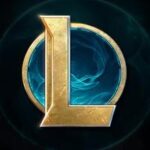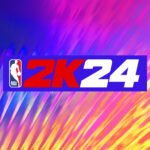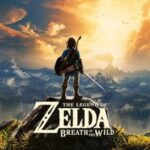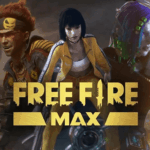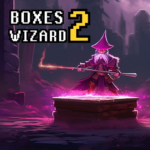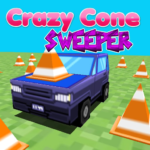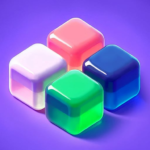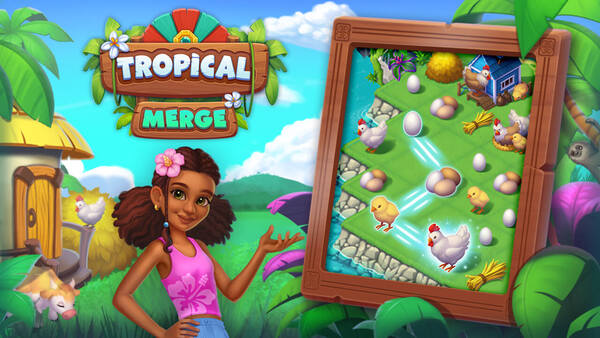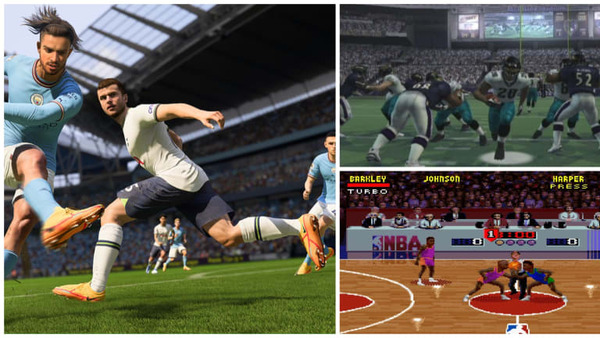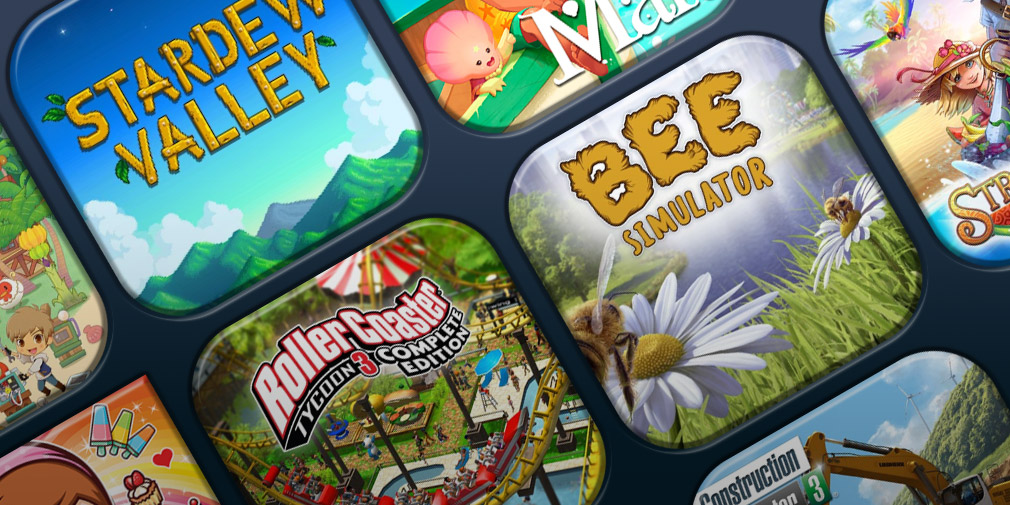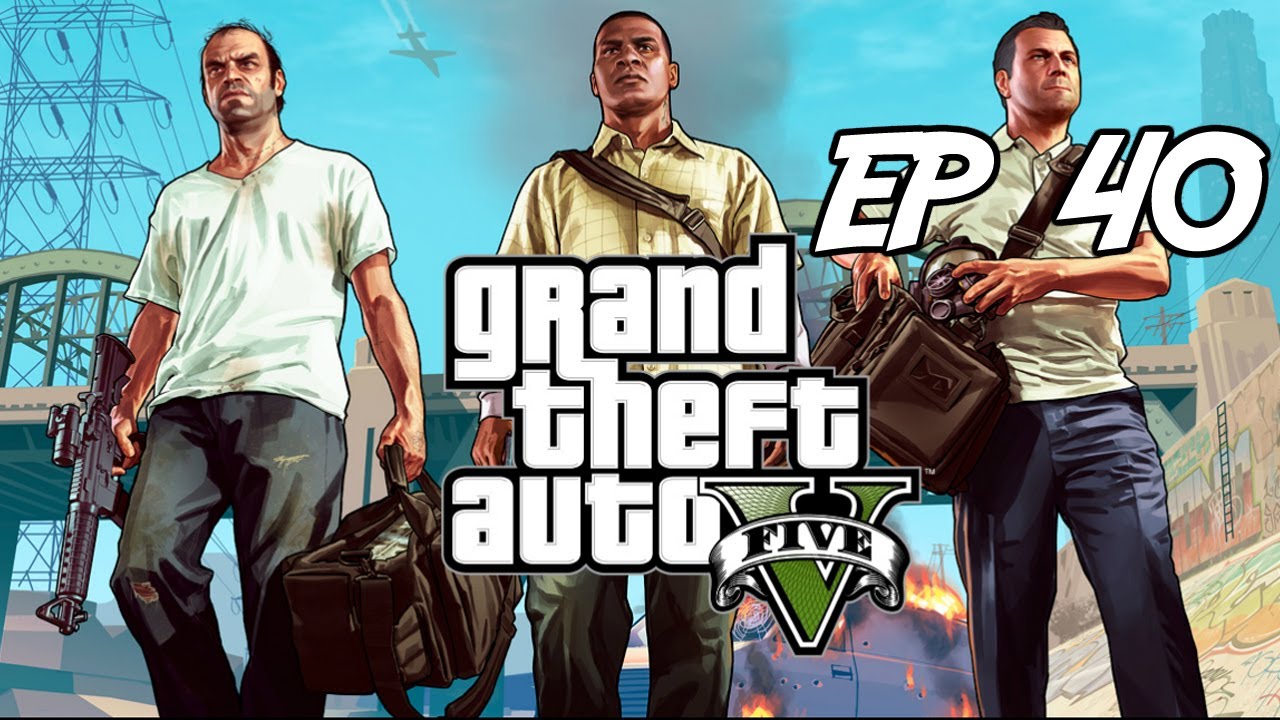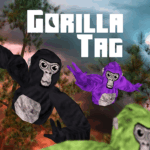God of War Ragnarök stands as one of the most monumental achievements in modern gaming. Released in November 2022 for PlayStation 4 and PlayStation 5, this action-adventure masterpiece continues the story of Kratos and his son Atreus as they confront the looming apocalypse of Norse mythology. With breathtaking visuals, emotionally rich narrative, deeply satisfying gameplay, and an expanded world, Ragnarök delivers a gaming experience worthy of critical acclaim. This exhaustive guide explores the game in detail, tracing its development, storytelling arc, gameplay mechanics, technical performance, reception, and legacy. Throughout the analysis, we examine strengths and weaknesses, conclude with expert ratings, and offer insights for newcomers and returning players alike.
1. Announcement, Development, and Community Expectations
When Sony and Santa Monica Studio announced God of War Ragnarök in September 2020 during a PlayStation Showcase, excitement surged among fans. The announcement trailer revealed Kratos, Atreus, and Thor in a foreboding wintry landscape, confirming Norse prophecy’s central role and teasing the apocalypse. Not surprisingly, social media buzzed with speculation, as fans dissected every visual clue and dialogue snippet.
Developing Ragnarök was no small feat. Building upon the critically acclaimed 2018 God of War reboot, Santa Monica aimed for cinematic storytelling, deeper worldbuilding, and more complex combat. The studio committed to a multi-year development cycle, extensive motion capture sessions, and collaboration with performance actors. Expectations from the community were enormous—would Ragnarök match or surpass its predecessor?
To manage anticipation, the studio communicated carefully. In early developer interviews, they emphasized exploring father-son dynamics, expanding Norse realms, and facing mythic beings like Odin and Thor. While some players hoped for revolutionary gameplay, Santa Monica prioritized narrative integrity. This message resonated deeply: in-game, story and gameplay are seamlessly woven, responding to community demands for cohesion and scale.
2. Opening Moments and Initial Reception
Ragnarök opens with an immersive sequence in the sensory world of Tyr. As Kratos and Atreus investigate ecological decay, tensions rise due to political conflicts among the Norse gods. The tutorial flows naturally into the gripping narrative, reaffirming the duo’s troubled but powerful bond.
Critics quickly lauded the introduction. For example, IGN praised the opening for its emotional gravity and pacing, noting it “hooks players immediately by weaving atmosphere, family drama, and impending doom into a single narrative thread.” The tone is somber yet hopeful, and cinematic direction amplifies this atmosphere. Many experienced an emotional resonance rarely seen in AAA franchises.
These opening beats elevated expectations. Both players and critics appreciated the balanced delivery of character moments and mythic stakes. By the end of the prologue, it was evident that Ragnarök aspired to more than action spectacle—it sought to define the narrative potential of modern gaming.
3. Story Expansion and the Journey Through the Realms
Ragnarök’s narrative broadens significantly in scope and emotional depth. Kratos and Atreus journey across all nine realms, from the volcanic terrain of Muspelheim to the opulent halls of Asgard. Each realm introduces distinct cultures, NPCs, and storylines deeply rooted in Norse cosmology.
The emotional core intensifies as Kratos grapples with guiding an increasingly independent Atreus, who is also confronting the legacy of Loki. Their evolving bond faces internal and external tests, as mythic forces threaten to unravel fate itself. Narrative pacing is excellent, gradually raising emotional and narrative stakes.
Supporting characters gain complexity too. Freya returns with a compelling arc of grief and vengeance, while Mimir’s insights offer both humor and wisdom. New figures like Angrboda and Týr enrich the story’s tapestry. As a result, players who value character development will find much to admire in these evolving relationships.
4. Gameplay Innovations and Combat Refinement
Combat in Ragnarök builds on the solid foundation of the 2018 installment. Kratos continues wielding the Leviathan Axe and Blades of Chaos, now enhanced with broader move sets, runic abilities, and customizable weapon modifications. Moreover, Atreus assumes a more involved role in battles, equipped with new combos and abilities.
Gameplay also encourages exploration. Players can traverse pocket realms, uncover secrets in underground caverns, and solve environmental puzzles using weapons. Although these sequences sometimes slow momentum, they also diversify pacing and increase immersion.
Boss encounters remain a highlight. Each boss employs the environment in creative ways, requiring players to master patterns and adapt strategies. Combat becomes increasingly strategic, especially on higher difficulty levels, where timing and resource management are critical.
5. Visual Mastery and Technical Presentation
God of War Ragnarök stands as a visual marvel. On PS5, players can choose between Performance Mode at 60 fps with 1440p or Fidelity Mode with native 4K. Both modes utilize HDR and ray tracing, enhancing the game’s lighting and atmosphere. From snowy mountains to dimly lit ruins, each location feels distinct and immersive.
PlayStation 4 users still enjoy a technically sound experience. While graphical fidelity is reduced, gameplay and story remain fully intact. Importantly, load times are minimal on PS5 due to the SSD, enhancing flow. Post-launch patches addressed occasional bugs and UI issues, ensuring a polished experience.
Despite these strengths, some older hardware may exhibit minor graphical hiccups. Texture streaming in large environments may falter, yet it rarely disrupts gameplay. Overall, technical execution is impressive across all supported platforms.
6. Music, Soundtrack, and Voice Acting
Bear McCreary’s soundtrack elevates Ragnarök’s emotional resonance. The musical themes for Kratos, Atreus, and various mythological figures underscore narrative beats and boss fights. Norse instruments blended with orchestral crescendos create an unforgettable audio experience.
Voice acting is another standout feature. Christopher Judge and Sunny Suljic deliver award-worthy performances as Kratos and Atreus. Their chemistry conveys tension, love, and fear with authenticity. Newcomers such as Ben Prendergast (Odin) and Laya DeLeon Hayes (Angrboda) add further depth.
The game’s audio direction ensures clarity and immersion. Ambient sounds reflect dynamic environments—from crunching snow to distant battle cries. Importantly, spatial audio enhances gameplay, particularly when navigating hidden enemies or interacting in combat.
7. Side Content, Quests, and Optional Experiences
Beyond the main storyline, God of War Ragnarök offers rich optional content. Players can engage in side quests, combat trials, artifact collection, Odin’s raven hunts, and realm-specific challenges. These activities enrich the world without feeling like filler.
One notable example is Muspelheim, home to Surtr’s combat trials. These endgame challenges push player skill and reward mastery. Likewise, valkyrie fights and legendary beast encounters offer layered storytelling and demanding combat.
Some players argue optional content can overwhelm pacing. However, for completionists and lore enthusiasts, the side quests provide meaningful depth and engaging mechanics. They complement rather than detract from the core experience.
8. Cons and Areas for Improvement
Despite its strengths, God of War Ragnarök is not without flaws. Some optional quests follow repetitive structures or extend longer than necessary. While variety exists, not all side missions match the narrative quality of the main arc.
Combat balance also raises debate. On higher difficulties, stat grinding becomes almost essential. Without upgraded gear, some encounters feel punishing. Randomized enemy spawns in New Game+ modes can further complicate progress.
Occasionally, platforming elements suffer due to camera angles or clipping bugs. Although rare, such technical hiccups slightly mar an otherwise flawless experience. Furthermore, the story’s conclusion leaves some plot threads unresolved, which may divide players.
9. Legacy, Community Impact, and Future Outlook
Ragnarök cements its place in gaming history. Critics and fans agree it raises the bar for narrative-driven experiences. Some even argue it surpasses its predecessor in emotional weight and gameplay depth.
The community remains active long after launch. Fans engage in discussions, cosplay, streaming, and fan art. Ragnarök has become a reference point for storytelling and production value in AAA gaming.
Looking ahead, Santa Monica Studio hints at continuing the saga. Whether via DLC or a full sequel, expectations are high. Lessons learned from God of War Ragnarök will undoubtedly inform the future of character-driven action games.
Conclusion
God of War Ragnarök is more than a sequel; it’s a defining title of its generation. Through emotionally rich storytelling, strategic gameplay, technical brilliance, and immersive audio-visual design, it offers an unforgettable journey.
While not without areas for improvement—such as pacing or grindy endgame content—the overall experience stands tall. For those who value myth, narrative, and challenge, Ragnarök delivers on all fronts. It doesn't merely conclude a saga—it paves the way for the future of epic storytelling in interactive entertainment.
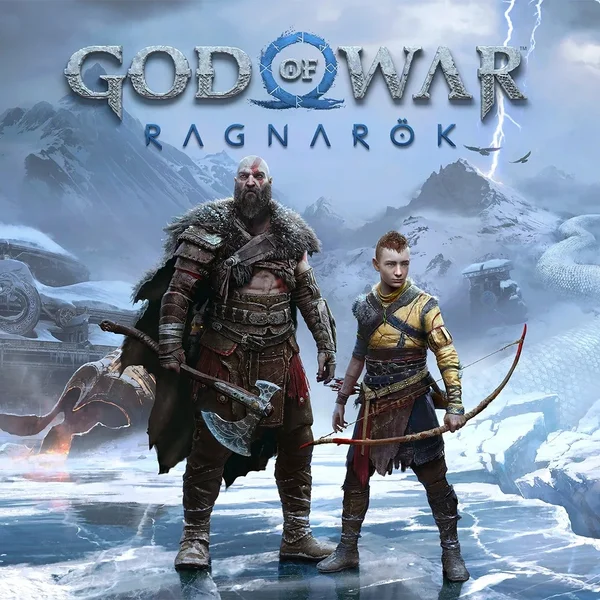
 99 Nights In The Forest Roblox
“99 Nights In The Forest” on Roblox has quickly gained traction among horror enthusiasts, survival game fans, and the wider Roblox community. This title plunges players into a haunting forest setting, where the goal is to survive 99 terrifying nights while uncovering the forest’s dark secrets.
Read full review
99 Nights In The Forest Roblox
“99 Nights In The Forest” on Roblox has quickly gained traction among horror enthusiasts, survival game fans, and the wider Roblox community. This title plunges players into a haunting forest setting, where the goal is to survive 99 terrifying nights while uncovering the forest’s dark secrets.
Read full review
 Zoonomaly
Explore Zoonomaly, a horror survival game where you must escape a zoo infested with twisted anomalies and discover its darkest secrets.
Read full review
Zoonomaly
Explore Zoonomaly, a horror survival game where you must escape a zoo infested with twisted anomalies and discover its darkest secrets.
Read full review
 Roblox: Grow a Garden
Explore the full guide and in-depth review of Roblox: Grow a Garden, from gameplay to tips, updates, pros and cons, and ratings.
Read full review
Roblox: Grow a Garden
Explore the full guide and in-depth review of Roblox: Grow a Garden, from gameplay to tips, updates, pros and cons, and ratings.
Read full review
 Gorilla Tag
Experience Gorilla Tag VR: master movement, explore maps, join community events, learn advanced tips in guide, earn achievements.
Read full review
Gorilla Tag
Experience Gorilla Tag VR: master movement, explore maps, join community events, learn advanced tips in guide, earn achievements.
Read full review
 Roblox – Steal a Brainrot
Experience chaotic fun in Roblox – Steal a Brainrot. Steal, run, survive, and laugh in this fast-paced meme-fueled adventure.
Read full review
Roblox – Steal a Brainrot
Experience chaotic fun in Roblox – Steal a Brainrot. Steal, run, survive, and laugh in this fast-paced meme-fueled adventure.
Read full review
 Free Fire Max
Free Fire Max is the enhanced version of the wildly popular mobile battle royale game Free Fire, developed by Garena.
Read full review
Free Fire Max
Free Fire Max is the enhanced version of the wildly popular mobile battle royale game Free Fire, developed by Garena.
Read full review

